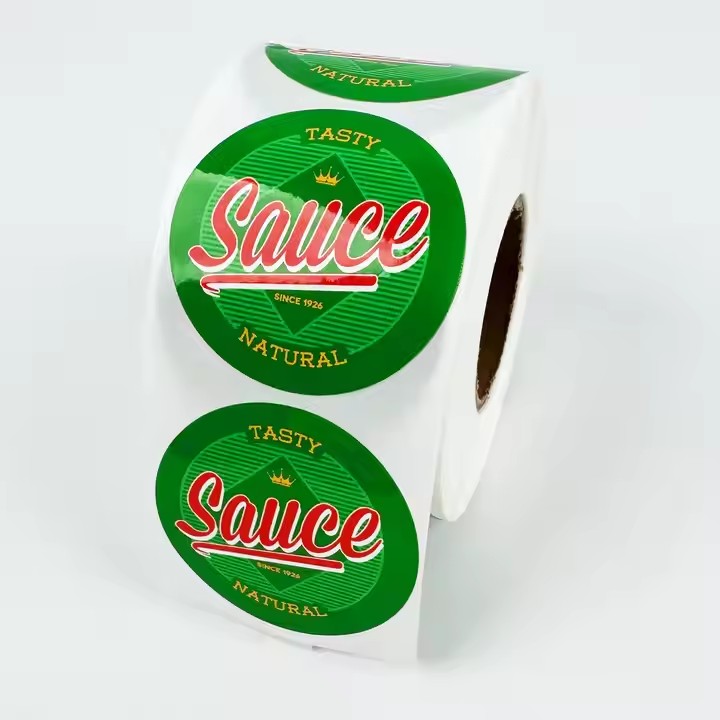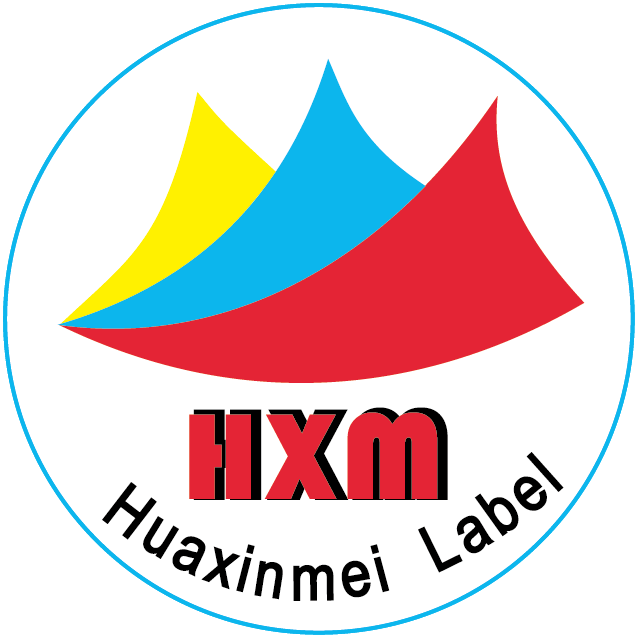Select appropriate thermosensitive materials
Stable performance: The thermosensitive material is the core component of the temperature sticker, and its performance directly affects the accuracy of temperature measurement. Thermosensitive materials with good thermal stability and high repeatability should be selected to ensure that the response to temperature remains consistent under different environmental conditions and after multiple uses. For example, certain liquid crystal thermosensitive materials can accurately change color within a specific temperature range, and this color change has good reversibility and stability. Regarding the stability of performance, using some technologically advanced materials can help with better temperature measurement and accurate temperature recognition.
High sensitivity: The material should be highly sensitive to temperature changes and be able to quickly produce noticeable physical or chemical changes even with a slight change in temperature. For instance, some thermosensitive materials containing special dyes can rapidly change color when the temperature rises or drops, precisely indicating the temperature change. When choosing materials, we can also opt for those with high sensitivity, which will provide consumers with a better user experience during use.
Precisely control the thickness of the material coating

Uniform coating: Use high-precision coating equipment to evenly coat the thermosensitive material onto the substrate of the sticker. The uniformity of the coating thickness is directly related to the accuracy of temperature measurement. If the coating thickness is inconsistent, it may cause different parts to respond to temperature out of sync, resulting in temperature measurement errors. For example, adopting advanced micro gravure coating technology can achieve coating thickness control with micron-level precision, ensuring the uniformity of the coating.
Strict thickness control: Determine and strictly control the appropriate coating thickness. If the thickness is too thin, the amount of thermosensitive material may be insufficient, failing to produce obvious signal changes. If the thickness is too thick, it may delay the conduction of temperature, affecting the timeliness and accuracy of temperature measurement. Generally speaking, according to different thermosensitive materials and temperature measurement ranges, the coating thickness is usually controlled between dozens of microns and several hundred microns. The thickness of the sticker is crucial because only a sticker with an appropriate thickness can accurately measure the corresponding temperature. Therefore, when manufacturing the sticker, we need to strictly control its thickness and design the thickness in advance.
Optimize the structural design of the sticker
Add an insulating layer: Set up an insulating layer on the back or inside of the sticker to reduce the interference of external environmental heat on the thermosensitive material, enabling the thermosensitive material to more accurately sense the temperature of the measured object. For example, using insulating materials such as polystyrene foam as the insulating layer can effectively block the conduction of external heat. Optimize the design behind the insulating layer while adding it.
Design a heat conduction channel: On the side of the sticker that comes into contact with the measured object, design a good heat conduction channel to ensure that heat can be quickly and evenly transferred to the thermosensitive material. Materials with high thermal conductivity, such as metal foils or thermal conductive adhesives, can be used to improve the heat transfer efficiency and reduce the temperature measurement delay.
Improve the precision of the manufacturing process
Precise printing: Adopt high-precision printing processes to ensure that the temperature scales, markings, etc. are printed accurately, avoiding inaccurate readings caused by printing errors. For example, using digital printing technology can achieve high-precision pattern and text printing, improving the readability and accuracy of the temperature sticker. Improve the precision of the manufacturing process because the product design has specific requirements, and we need to design according to the customers’ requirements.
Quality inspection and calibration: Establish a strict quality inspection process to sample and calibrate each batch of temperature stickers during the production process. Through comparative testing with standard temperature sources, adjust and optimize the performance of the stickers to ensure that their temperature measurement accuracy meets the specified standards. At the same time, deal with unqualified products in a timely manner to prevent them from entering the market. Quality inspection and calibration are extremely important because only through inspection and calibration can the quality of the products be guaranteed.
Design for environmental adaptability

Consider the impact of humidity: During the manufacturing process of the sticker, add moisture-proof agents or use moisture-proof packaging to prevent humidity from affecting the performance of the thermosensitive material. Since humidity may cause chemical or physical changes in the thermosensitive material, which in turn affects the accuracy of temperature measurement. For example, using a sealed package and placing a desiccant inside the package can effectively reduce the impact of humidity on the temperature sticker. Consider the impact of humidity on the product because humidity varies in different environments, and this factor needs to be taken into account.
Adapt to different temperature ranges: Design temperature stickers that can adapt to specific temperature ranges according to different usage environments and temperature measurement requirements. For high-temperature environments, select materials and structures that can withstand high temperatures. For low-temperature environments, ensure that the thermosensitive material can still maintain good performance at low temperatures. For example, for temperature stickers used in low-temperature environments, special low-temperature sensitive materials can be used, and the stickers can be insulated to ensure their temperature measurement accuracy at low temperatures. By adapting to different temperatures, different temperatures can be better measured during the inspection process.


